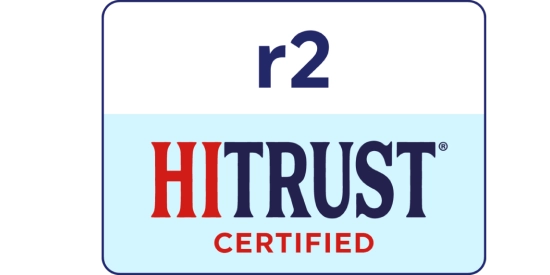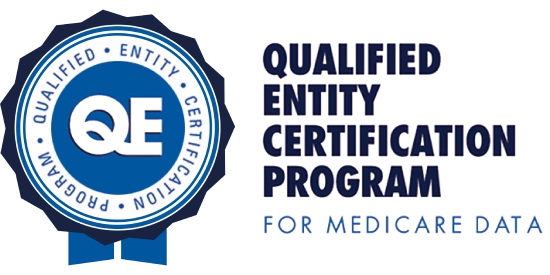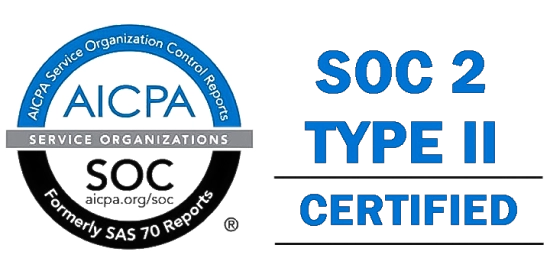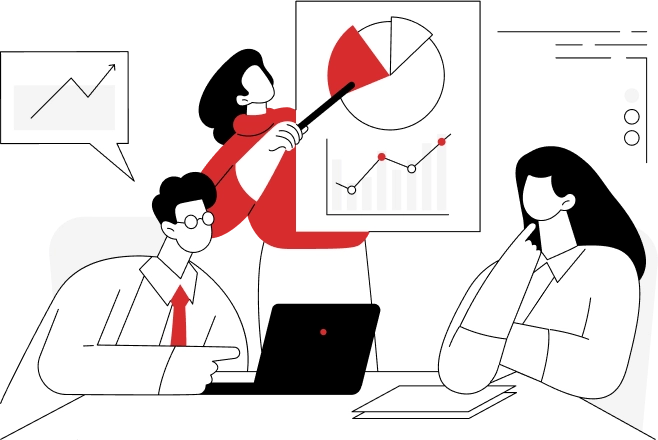Academic Research
Additional data for deeper and more accurate insights
Studies that don’t accurately measure mortality or the influences of provider experience and treatment setting will reach inaccurate conclusions. Veritas provides accurate, timely, and comprehensive data to fill those gaps.

Where we add value
What people say
Trials happen for, let's say, 12 to 18 months on average. There are endpoints that will happen way longer after the trial is completed. If you're able to connect mortality data on long term survival to your clinical trial data for that particular patient population and be able to follow those individuals beyond those 18 months, let's say for the next 5 or 10 years, you can really get a full picture of what happened in that study and what happened to that patient population, positive or negative.
Vera Mucaj
Chief Scientific OfficerVeritas data going back to 1900 gives us many more matches not available to us through our California Department of Public Health (CDPH) data feeds. In addition, UCLA has patients that come from all over the U.S. for our specialists’ care. Those that die outside CA would not be included in CDPH data. Veritas, being a national database, allows us to pick up deaths that would not be available to us with CDPH data.
Michael Dudley
Project ManagerMerit Medicine leverages extensive datasets, including Veritas' unique Fact of Death Mortality Index, to enhance predictive analytics and fine tune our advanced analytical tools. The use of Veritas' Mortality Index enriches our models by allowing researchers to identify deceased patients, in order to accurately predict disease burden and total cost of care.
Amit Jiwani
Chief Product OfficerAt Aidentified, we used Veritas’s Fact of Death mortality data to ensure data quality and to power the creation of our new Potential Wealth Transfer Trigger, which is a potential game-changer for our industry. By combining Veritas’s timely mortality insights with Aidentified’s wealth modeling and proprietary relationship mapping capabilities, this service enables our clients to compassionately tailor their products and services to better meet the needs of those they serve.
Stephen Marshall, CFA
Chief Product OfficerBuilt on Compliance and Security



Request More Information
Speak to a Veritas expert to learn how subscribing to our data can make your organization’s operations and analytics more effective.

